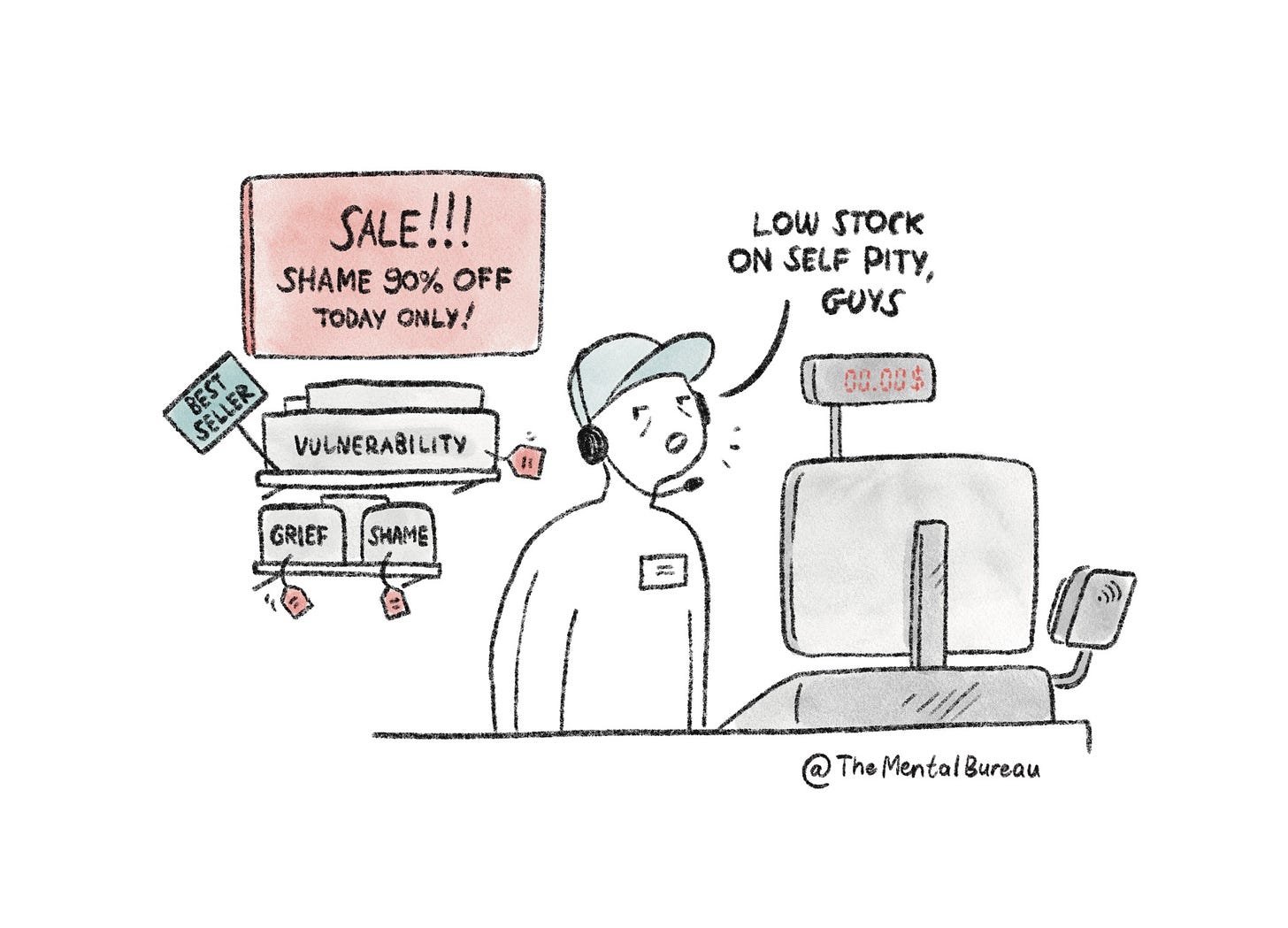From Diaries to Instagram: When Private Pain Becomes Public Spectacle
There was a time when vulnerability was sacred—poured into diaries, shared in hushed tones with trusted friends, or unpacked in the quiet refuge of therapy. Today, it’s a spectacle. Private pain is now a public performance. Heartbreak is curated, and grief becomes content, splashed across Instagram feeds, airbrushed with filters, and hashtagged for maximum reach.
What is it about public pain that holds us captive? Why do we, the audience, find it so irresistible? Is it the illusion of intimacy? The reassurance that we’re not alone in our struggles? Or is it something darker—a voyeuristic thrill in witnessing someone else’s unraveling?
In our eagerness to scroll, watch, and share, we’ve turned empathy into entertainment, erasing the difference between connection and consumption. Public pain has become a spectacle, and we’re all complicit in the show.
The Commodification of Vulnerability: When Pain Becomes Profit
Vulnerability isn’t meant to be rehearsed; it’s meant to be real, messy, and transformative—not a spectacle for algorithms to feast on.
Thanks to the rise of social media, personal trauma is no longer something we process quietly—it’s trending content. Whether you’re an influencer or not, the first instinct for many is to share pain on a platform. Heartbreak, anxiety, and grief are no longer private struggles; they’re transformed into posts, neatly packaged with hashtags and optimized for visibility. In today’s economy of attention, suffering has become a transaction.
In this "brave" new world, vulnerability isn’t just shared—it’s marketed. Confessions of trauma flood our feeds, drawing likes, comments, and shares. Heartfelt admissions about anxiety, depression, or childhood trauma rake in followers and brand deals faster than you can say "emotional exploitation." But let’s be honest—how much of this rawness is real? These glimpses into pain are often rehearsed, shaped to fit the algorithm’s appetite. When pain becomes a commodity, it doesn’t just cheapen individual experiences—it reshapes how we relate to each other.
Ethical Considerations
The commodification of pain erodes our collective empathy, turning human suffering into background noise in an endless scroll of curated lives. Influencers who package their trauma for clicks walk a fine line between sharing and selling out. But it doesn’t end with them—it’s a system that thrives on exploitation, with brands and platforms eagerly cashing in. Trauma is trending, and the profits are soaring!
When pain becomes a product, we lose sight of what vulnerability is meant to be: a gateway to understanding, not a transaction.
Trauma is trending, and the profits are soaring!
The ethical dilemma is clear: is it okay to profit from the darkest corners of the human experience? And more importantly, what does it say about us when we applaud such commodification? Vulnerability should be sacred—a space for understanding, not a commodity measured in likes or brand deals.
When we commercialize pain, we don’t just cheapen the human experience—we erode genuine empathy in a culture already starved of it.
When we commercialize pain, we don’t just cheapen the human experience—we erode genuine empathy in a culture already starved of it. The endless feed of emotional confessions leaves us with a scroll of distorted perception. Suddenly, there’s a pressure to share our own struggles publicly, to broadcast our pain in the hope of finding connection—or validation—or…. I really don’t know what.
The Trauma Economy: Pain as Profit
Welcome to the "trauma economy," where suffering isn’t just shared—it’s sold. Social media has birthed a new market where personal pain becomes a lucrative brand. Stories of heartbreak, anxiety, or childhood trauma are spun into social capital, generating ad revenue, sponsorship deals, and endless streams of followers. Vulnerability has become a business model.
But the trauma economy doesn’t just benefit the influencers who share their stories. Entire industries profit from it. Brands align themselves with these narratives, sponsoring posts about mental health or trauma recovery to bolster their own image. Meanwhile, social media platforms, hungry for engagement, amplify emotionally charged content through algorithms, ensuring it reaches the widest audience possible.
In this economy, engagement is currency, and pain is the product.
And what about the audience? In this economy, they’re the consumers—clicking, liking, and sharing without always considering the consequences. The trauma economy turns genuine human experiences into commodities, reducing nuanced stories into bite-sized, marketable chunks. In the process, it risks distorting our understanding of pain, healing, and what it means to truly connect.
This isn’t to say that sharing pain is inherently bad. Stories can inspire, educate, and foster solidarity. But when suffering becomes currency, the line between authenticity and exploitation blurs. The trauma economy doesn’t just commodify pain—it risks trivializing it, turning something deeply human into just another transaction in the attention marketplace.
Audience Responsibility
As much as influencers capitalize on their struggles, it’s the audience that keeps the machine running.
By consuming exploitative content, we fuel a culture where oversharing is rewarded over authenticity. Our clicks and curiosity sustain a market that turns vulnerability into entertainment. True change begins when we confront our own habits and redefine what it means to be authentic. The question is, are we offering empathy, or are we simply feeding our curiosity?
Empathy is the true cost of this emerging voyeuristic culture of consuming others’ pain. We become spectators in a theater of suffering, applauding from the sidelines but failing to offer genuine support and numbing our ability to recognize our own need for help when the time comes.
Vulnerability should be sacred—a personal space for processing life, confiding in trusted relationships, and cultivating genuine empathy. True healing arises from authentic connections. The true challenge is to reclaim vulnerability as a bridge to understanding, not a tool for exploitation - not a spectacle for likes or a currency for clicks. Let’s rediscover what it means to truly connect.





This is so interesting, and true. Thank you for bringing it to light.